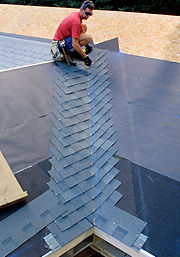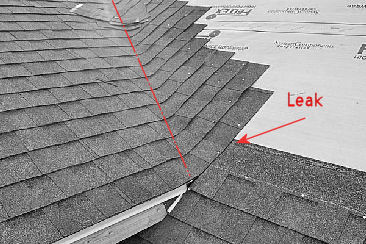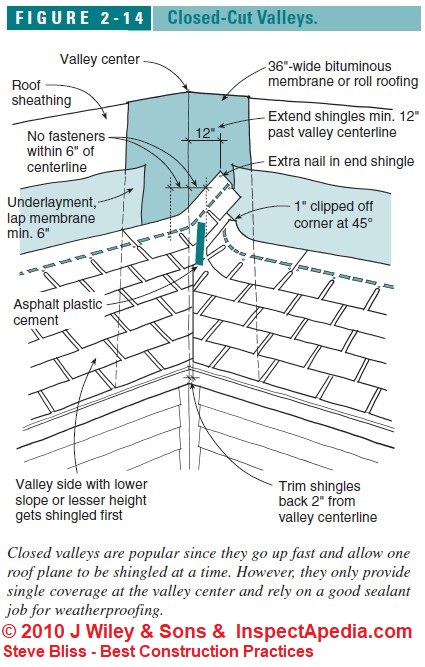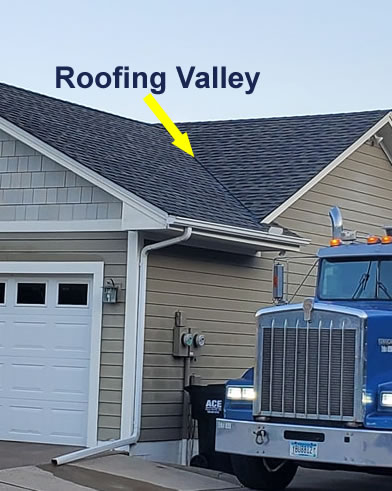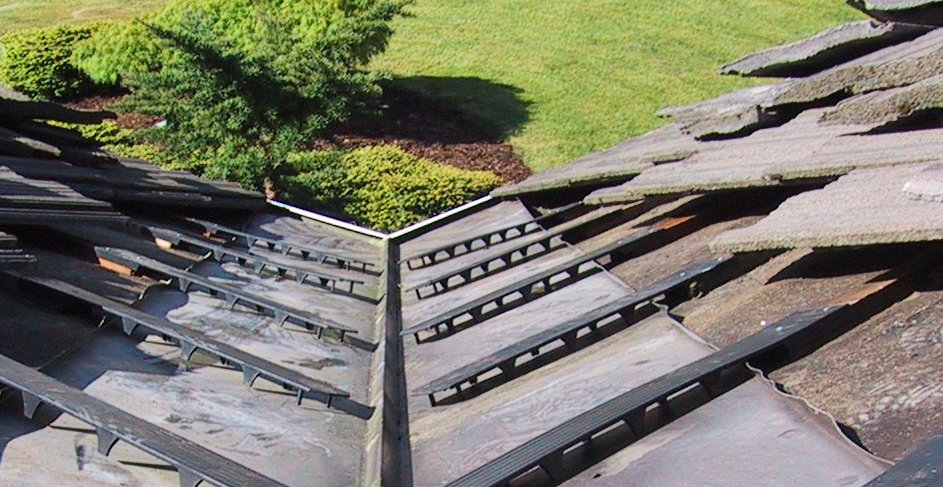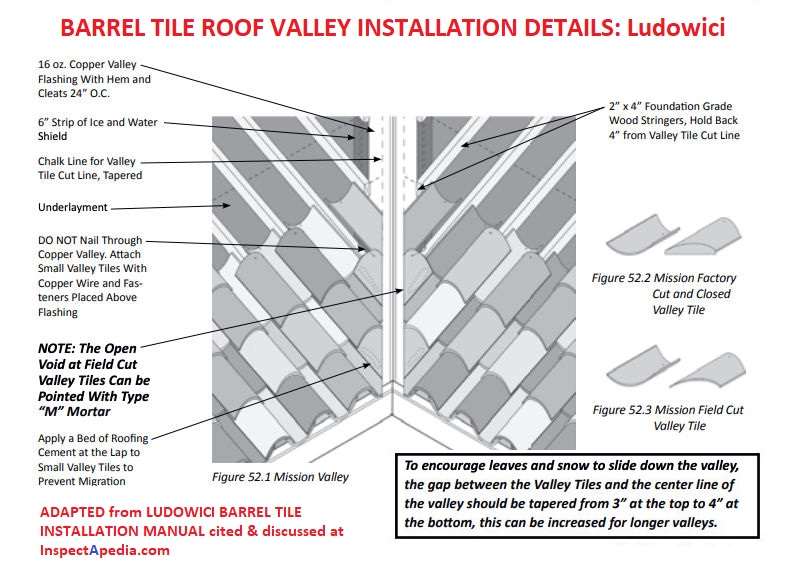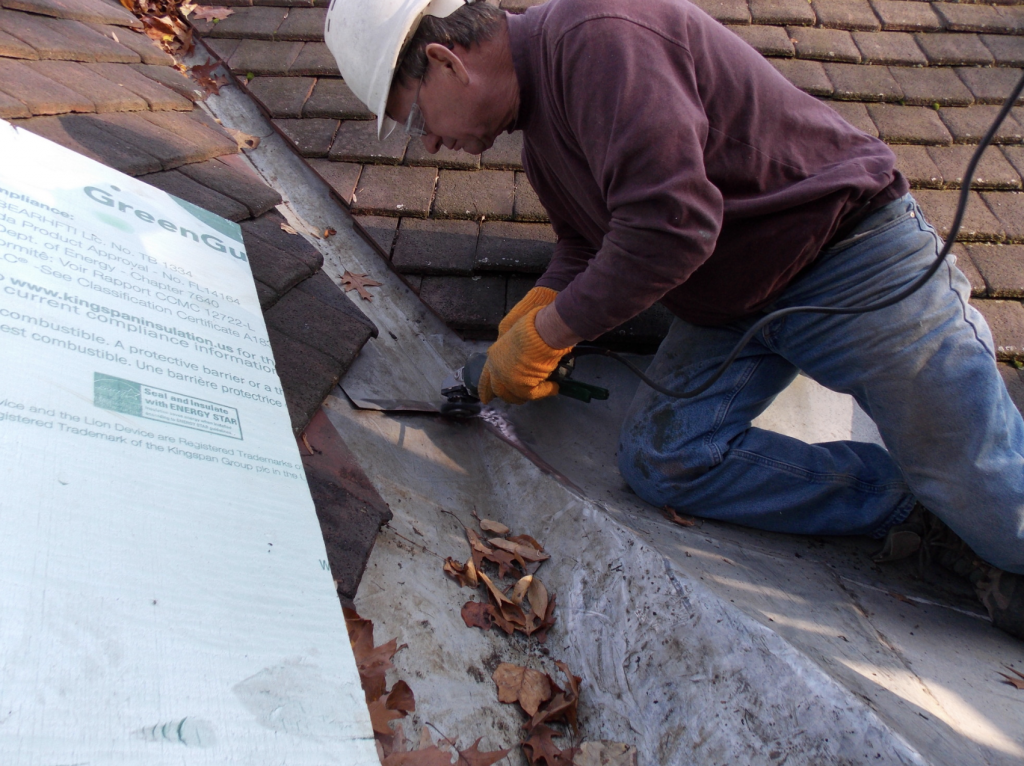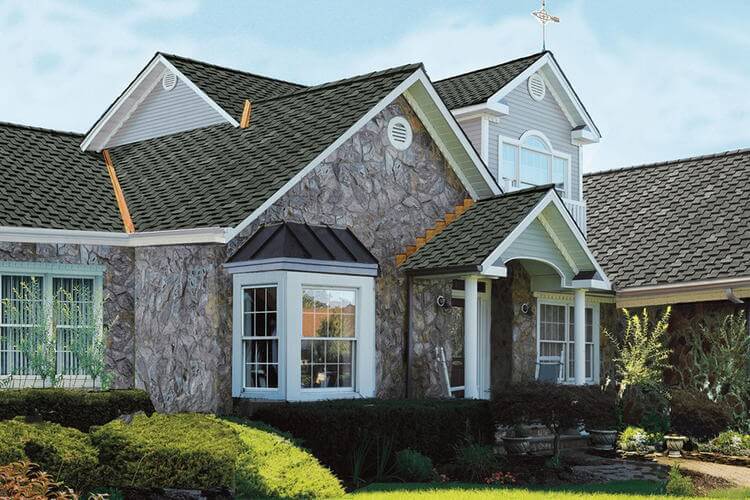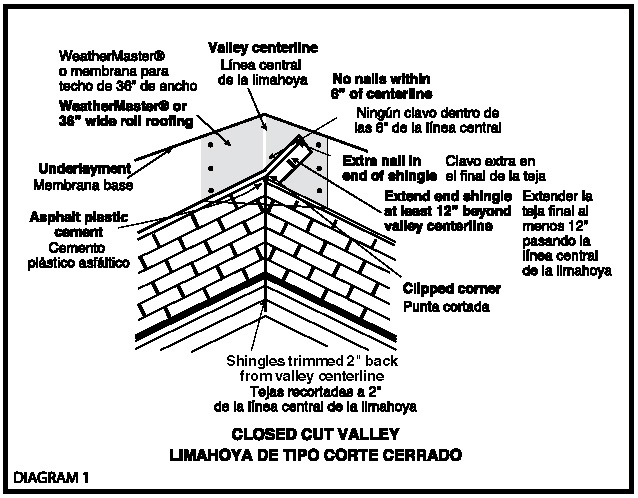No Cut Valley Roofing

Any one have experience with no cut valleys speed valley long island valley or california valley in the north sates such as north iowa to minnesota with steep roofs more like 14 12 the valley i refer to is this htt.
No cut valley roofing. As you install roof shingles on the second roof plane you allow them to lap over the valley on top of the first shingles. No need for precise measurement. In summary during the installation of a closed cut valley you install the first roof plane s shingles into the valley. For a closed cut california valley a vertical run of strip shingles is installed along the chalk line end to end with the butt edge toward the valley.
With a closed cut valley there s no need to shingle the two roof planes at the same time. It installs and looks almost the same as a regular cut valley where the shingles on the low volume roof plane are installed first and pass through the center of the valley by at least 12 in. You have to cut the shingles back to 1 inch from the centerline. With an open valley a strip of metal will be visible on the roof wherever two opposing roof planes meet.
The shingles on the cut edge plane are. It is essential to only use whole not cut shingles during this step. Leave this top end beyond the ridge loose. Plus cutting the closed cut valley shingles can happen after the rest of the roof is shingled.
For an open valley the installer should snap two chalk lines defining the cut edges of the valley on either side of the center line. Closed cut valley even if i work toward the valley with three tab shingles cut valleys are faster than woven valleys hands down. This layering will help direct the water into the valley and down the roof preventing leaks. When you have cut to a point opposite the top of the valley cut the rolled roofing straight up the main roof.
The shingles are then cut out of the valley area opening the surface of the valley lining to water run off and the environment. Then lay the shingles on the other side of the roof and again stretch them across the valley a little. Make a cut back down into the roll from the cut edge to within v2 inch of the top of the ridge. A chalk line is then used to strike a line from the top of the valley to the bottom of the valley.

